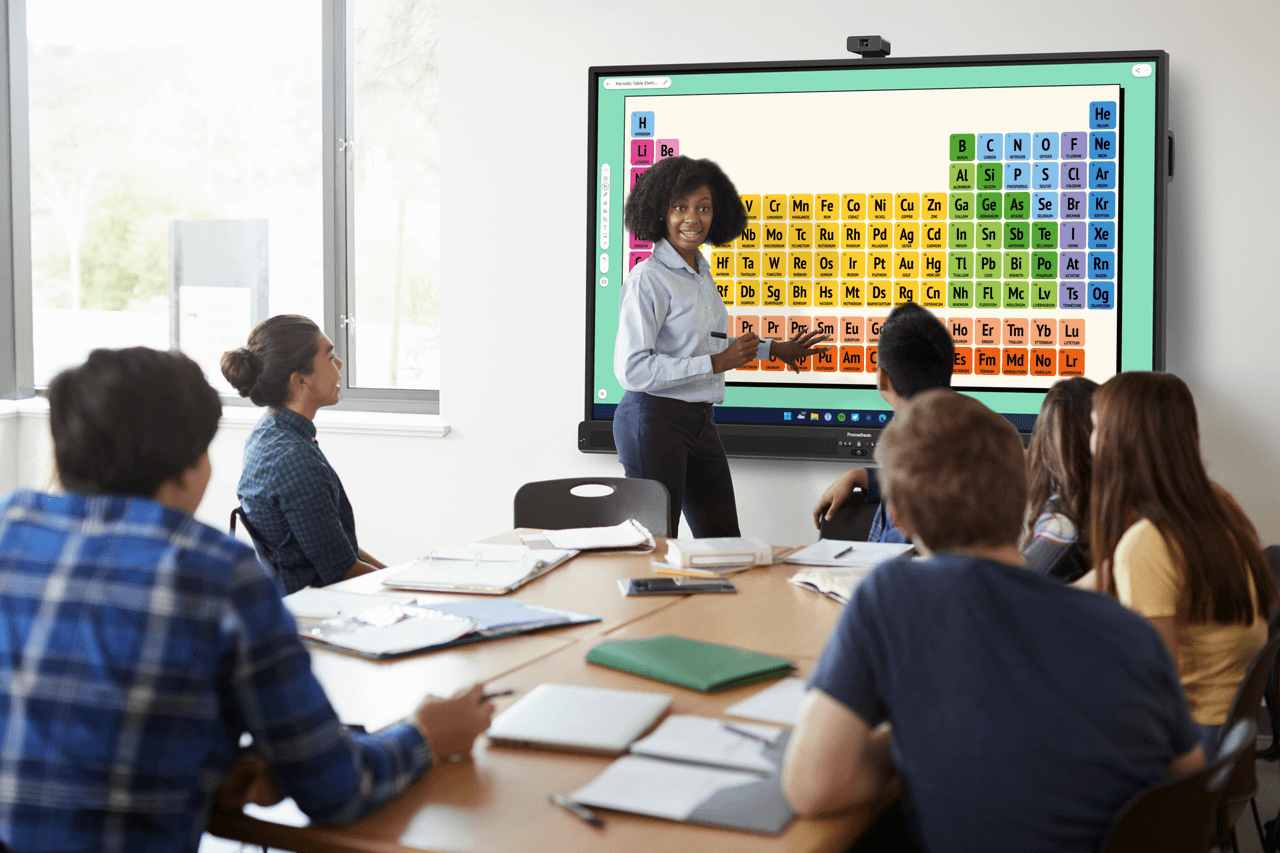Published on February 9th, 2021
Setting district growth goals for student engagement
10 minute read

How can schools benefit from setting goals for student engagement?
While schools are committed to ensuring that their students are engaged, few schools set formal goals around student engagement. Setting goals for student engagement will help educators return to what really matters—engaged students.
Goal setting across districts has proven to increase the number of students meeting benchmarks for testing, college, and career readiness. When looking to set goals, schools should start by understanding how engaged their students currently are. It is critical that schools understand and know how to address the barriers to student engagement as they work to develop goals.
Once schools have a clear understanding of current student engagement levels and how they can address barriers, it’s time to set goals and begin tracking progress. When goals for student engagement are in place, schools can evaluate goals on an ongoing basis and customize them based on school-specific circumstances.
Understanding how engaged your students are now
In order to set realistic goals, educators need to know how students are currently tracking. To understand where students currently are, you need to put in place methods of measuring student engagement. To learn more about how to measure student engagement, see our recent blog post covering the topic in depth.
Goal setting, data tracking, and student motivation can look different depending on the classroom, school, or district, as well as student learning styles and specific needs. Academic ability, developmental appropriateness, socio-economic status, parental involvement, and learning style all factor into the progress of academic growth.
In addition, curriculum maps can be used as a framework for student engagement goal setting. Curriculum mapping is the practice of aligning skills to classes and grade levels in a visual format. Specific strategies used to map a curriculum vary from district to district, but the process typically aims to achieve several common goals:
- Vertical coherence: What students learn in one lesson, course, or grade level prepares them for the next lesson, course, or grade level.
- Horizontal coherence: Assessments, tests, and other tools teachers use to evaluate learning progress and achievement are based on what has actually been taught to students and on the learning standards that the students are expected to meet in a particular course, subject area, or grade level.
- Subject-area coherence: When a curriculum is coherent within a subject area, it may be aligned both within and across grade levels.
- Interdisciplinary coherence: Curriculum mapping may focus on skills and work habits that students need to succeed in any academic course of disciplines, such as reading, writing, technology, and critical-thinking skills.
When schools put curriculum maps in motion, they can be used as a framework for student engagement goal setting and educators will be better able to set goals for students.
Addressing barriers to student engagement
Understanding the barriers in your school will help you set attainable goals. Some common barriers to familiarize yourself with are:
- Remote and hybrid learning modalities: Online learning presents challenges as students are separated from their instructor and classmates. Active learning can be achieved through group classroom discussions and quizzes.
- Edtech solutions like those offered by Promethean can help simplify mobile and distance learning. With mobile, virtual, or distance learning, teachers in your school can utilize Promethean’s lesson delivery software to prepare lessons for their students and place them in a virtual location where students can easily access from home.
- Access to technology: Due to equity and limited access to technology or the internet, some students are disposed to uneven learning environments. This can disrupt learning for individual students as well as an entire classroom and range from not having access to the internet to not having enough smart devices in one household for each child. Adjusting to the use of technology alone can be a barrier for some students.
- English as a second language (ESL): When English is not a student’s first language, this can exacerbate barriers to learning. To ease the transition to learning in an English classroom, teachers in your school can implement the following:
- Create a safe learning environment
- Use non-verbal queues
- Check for understanding
- Be adaptable
- Learning styles: Teachers in your school should be encouraged to use a combination of visual, auditory, reading/writing, and kinesthetic methods. This will offer students several avenues for learning new material and overall lending to a more well-rounded way of learning.
Setting goals: Where to go from here
Setting district-wide goals will keep school leaders and educators focused on desired outcomes for students, teachers, and administrators. Empower your teachers so they can ensure students stay on track:
- Set goals that are purposeful, actionable, continuous, and trackable (PACT). Consider implementing school-wide PACT goals. When students are able to evolve their goals, they can learn through experimentation and track positive progress and create new habits.
- Develop an action plan and goals for each student that will account for the activities that the student will participate in during class. Teachers need to help keep students held accountable for the progress they’re making towards outlined goals.
- Progress monitoring is critical. If the desired progress is not being made, teachers are encouraged to course correct to stay on track. To reinforce that student ownership of goals is important, progress monitoring provides a system to ensure that students value and own their learning. Progress monitoring can come in the form of one-on-one check-ins or surveys.
- Celebrating successes is important for morale. Successes big and small should be celebrated. When educators reap success in their goals, it will motivate them to continue to strive for greater success.
Schools can deploy both short-term and long-term goals that track progress in a realistic timeframe. Creating an approach to goal setting for student engagement that takes into consideration short-term and long-term goals is beneficial to schools. Goals will vary from school to school, but it is important that each school creates goals that are specific to the needs of their school and students.
When administrations can bring teachers into the planning process, this helps create a cohesive framework for goals across the district. Ongoing professional development will be instrumental for teachers in your school to be engaged and cultivate engagement-first mindsets. Teachers should have access to updated teacher training, a centralized resource hub with supplementary materials, and access to conferences and professional development events.
Armed with the proper edtech tools, structure, and support, the teachers in your school will be better prepared to implement student engagement goals and track student progress.
Ongoing evaluation
Goal setting is an iterative process and evaluation must be ongoing for success. Schools should be reviewing student engagement metrics in the context of student dropout rates, test scores, and graduation rates on an ongoing basis. Gathering data around these measurements will allow schools to benchmark.
Once schools set benchmark goals, they will be able to derive value from their goals and see results. Additionally, using edtech to track student engagement will allow schools to evaluate and determine if the technology being used is improving student engagement.
To learn more about what Promethean can do to help support student engagement and keep school goals on track, contact us to schedule a demo today.




